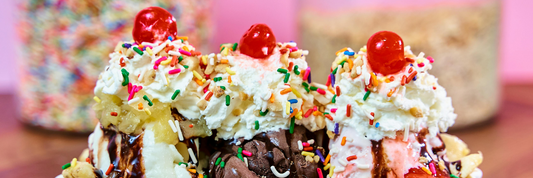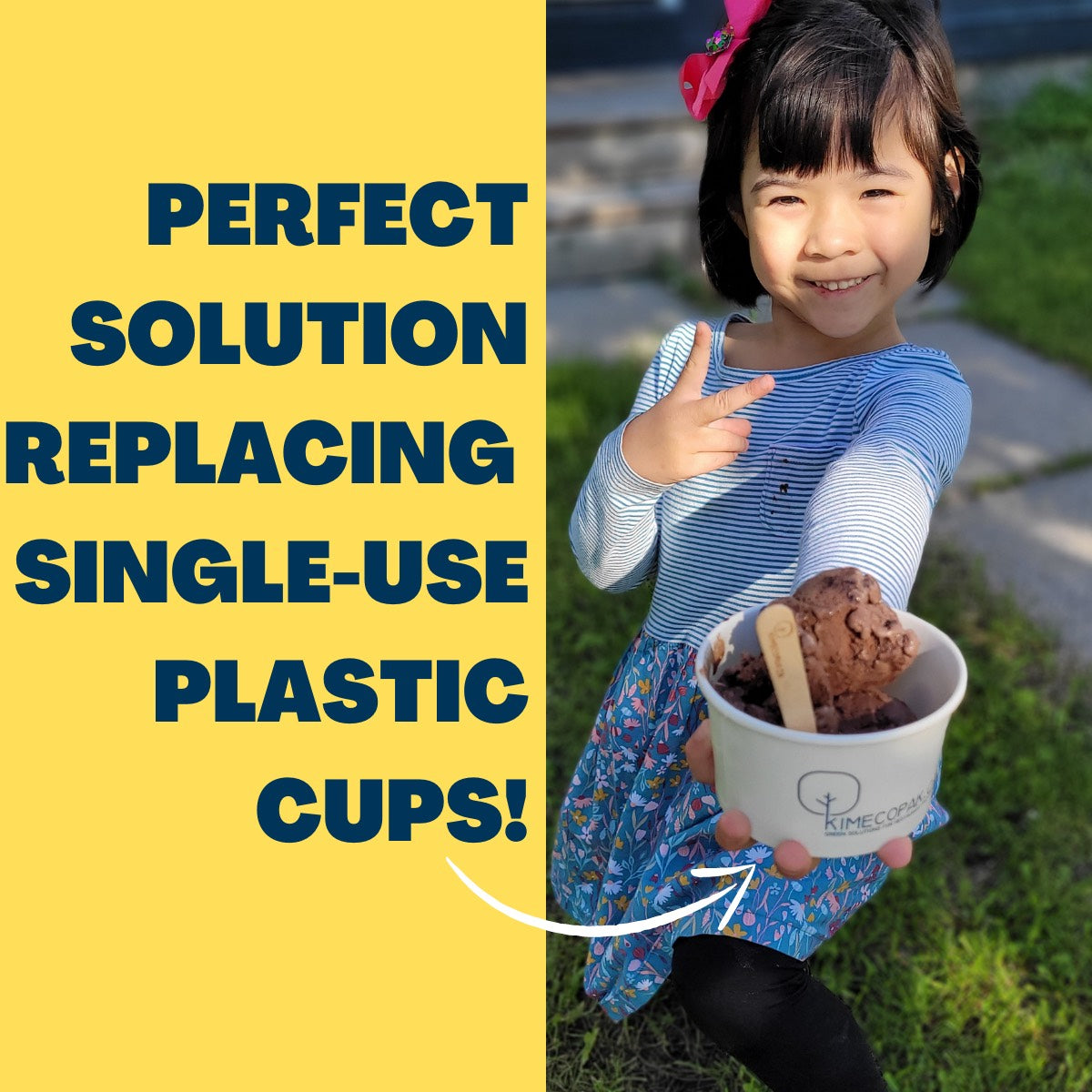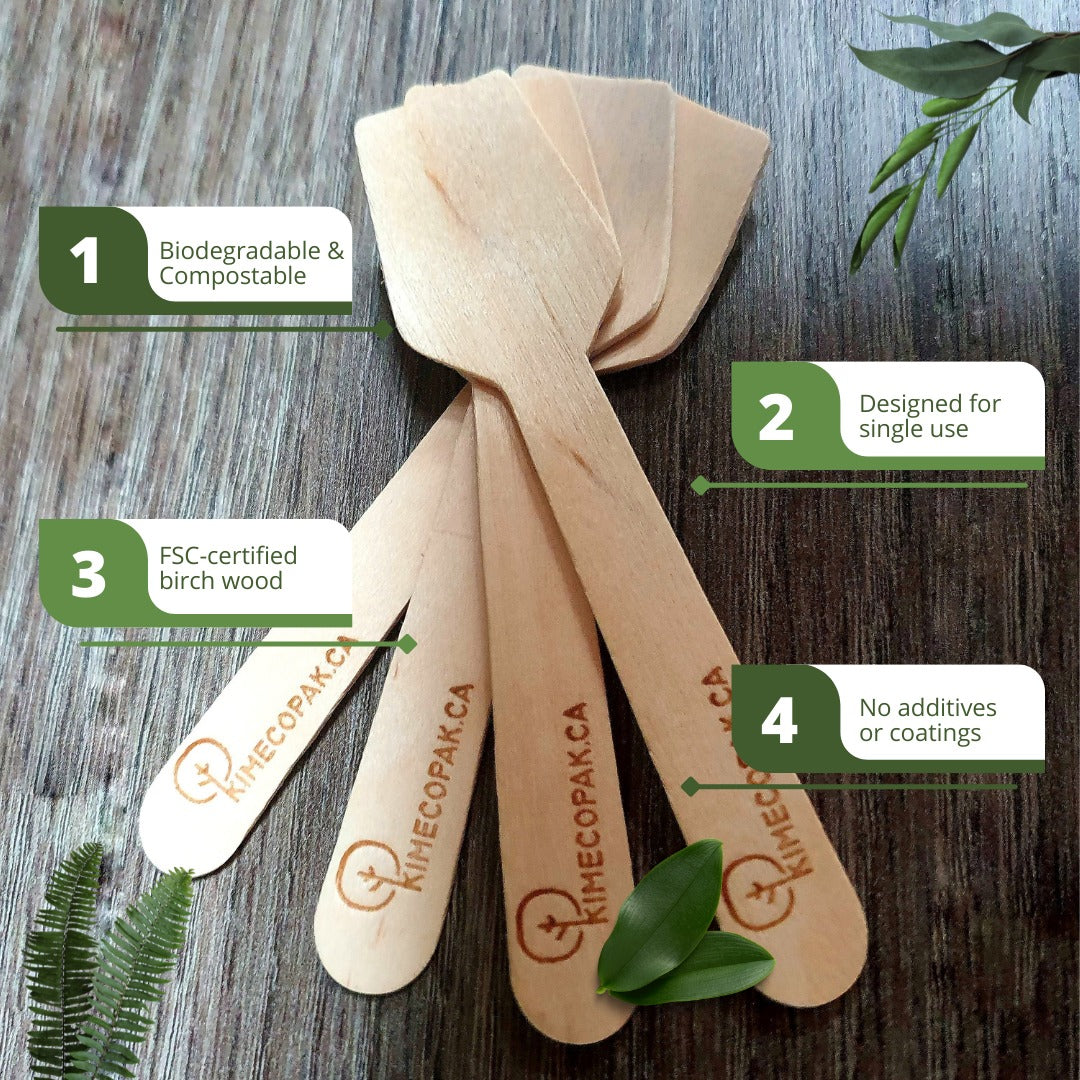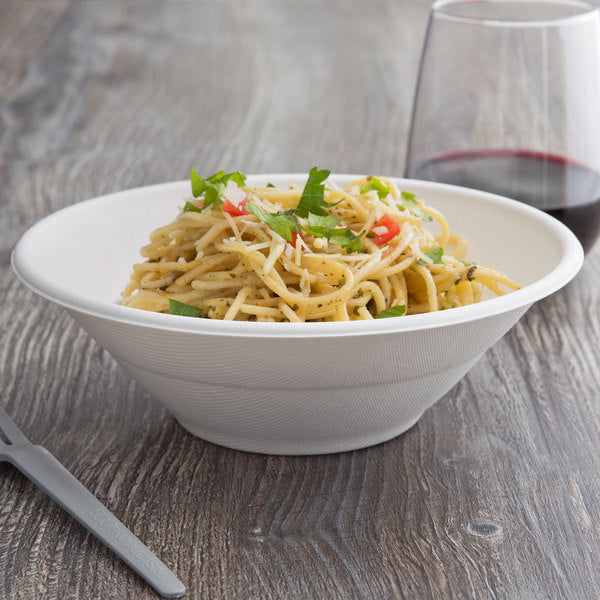Butter, margarine, and plant butter are popular spreads. This guide will delve into the differences between vegan butter vs margarine. We'll explore their ingredients, production methods, and nutritional profiles to help you make informed choices for your cooking.
- 15 Best Butter Substitutes Baking That You Should Know
- Types Of Vanilla Products. Which Type Of Vanilla Product You Should Use?
- Alternative To Nut Butter: What Can You Use Instead Of Nut Butter?
Understainding Butter
Butter is a dairy product made from the fat and protein of milk or cream. It's typically churned to separate the solid butterfat from the liquid buttermilk. The primary ingredient in butter is milkfat, which can be sourced from cow, goat, or sheep milk.
Key ingredients:
- Milkfat
- Water
- Salt (optional)
- Cultures (for cultured butter)
Production Process
The butter-making process involves several steps:
- Separation: Milk or cream is separated into skim milk (low-fat) and cream (high-fat).
- Churning: The cream is churned in a butter churn, causing the milkfat to clump together and separate from the buttermilk.
- Washing: The butter is washed with cold water to remove any remaining buttermilk.
- Salting (optional): Salt is added to the butter to enhance flavor and act as a preservative.
- Packaging: The butter is shaped, packaged, and stored.

Understainding Margarine
Definition and Ingredients of Margarine
Margarine is a butter substitute made from vegetable oils. It's designed to mimic the taste, texture, and spreadability of butter. While traditional margarine was primarily made from hydrogenated vegetable oils, modern formulations often use healthier, non-hydrogenated oils.
Key ingredients:
- Vegetable oils (e.g., palm, soybean, canola, sunflower)
- Water
- Salt
- Emulsifiers
- Preservatives
- Artificial colors and flavors (in some cases)
Production Process
The production of margarine involves several steps:
- Blending: Vegetable oils are blended together to create a desired flavor profile and texture.
- Emulsification: Water and emulsifiers are added to create a stable mixture of oil and water.
- Cooling and churning: The mixture is cooled and churned to form a solid margarine.
- Flavoring and coloring: Artificial flavors and colors may be added to enhance the taste and appearance.
- Packaging: The margarine is packaged and stored.
Is Margarine Vegan?
Most margarines are vegan. The primary ingredients, vegetable oils and water, are vegan-friendly. However, it's essential to check the label for any animal-derived ingredients, such as milk or whey, which might be used as emulsifiers or additives.
Is Margarine Healthy?
The health implications of margarine have been debated. While it's a lower-fat alternative to butter, some concerns have been raised about the use of hydrogenated oils in the past. Modern margarines often use healthier, non-hydrogenated oils.
Key points to consider:
- Trans fats: Avoid margarines containing trans fats, which can raise bad cholesterol levels.
- Saturated fats: Some margarines may contain saturated fats, which can contribute to heart disease.
- Read labels: Compare the nutritional information of different margarines to choose the one that best suits your dietary needs.
Overall, margarine can be a healthier option than butter, but it's important to choose a product with minimal trans fats and saturated fats.
Understainding Plant Butter
Definition and Ingredients
Plant butter is a vegan alternative to traditional dairy butter. It's made from plant-based fats, such as nuts, seeds, or fruits. These butters offer a creamy texture and nutty flavor, making them popular choices for people with dietary restrictions or preferences.
Common ingredients:
- Almonds
- Cashews
- Sunflower seeds
- Coconut
- Avocado
- Soybeans
Production Process
The production of plant butter typically involves:
- Soaking and grinding: The plant material is soaked to soften it and then ground into a paste.
- Blending: The paste is blended with water or other liquids to create a smooth texture.
- Churning or straining: The mixture may be churned to separate the solids from the liquids, or it may be strained to remove any unwanted particles.
- Flavoring (optional): Additional flavors, such as salt, herbs, or spices, can be added to enhance the taste.
- Packaging: The plant butter is packaged and stored.
Plant Butter vs Margarine Comparison
Having examined the fundamental characteristics of vegan butter and margarine, we can now delve deeper into how they compare to each other and to traditional butter.
Plant Butter vs Margarine
- Ingredients: Plant butter is primarily composed of plant-based fats, while margarine is typically derived from vegetable oils. Both products may incorporate emulsifiers, water, and salt.
- Texture: Plant butters often exhibit a thicker, creamier consistency compared to margarine, which tends to be more spreadable.
- Flavor: Plant butters offer a diverse range of flavors depending on the base ingredient (e.g., nutty, creamy, or fruity), whereas margarine possesses a more neutral taste.
- Nutritional Profile: Plant butters generally provide higher levels of healthy fats and nutrients compared to margarine, which may contain trans fats or saturated fats.
- Allergens: Plant butters may contain allergens associated with the base ingredient (e.g., nuts, seeds), while margarine is typically allergen-free.

Plant Butter vs Butter
- Ingredients: Plant butter is made from plant-based fats, while butter is derived from milkfat.
- Texture: Plant butters can possess a similar texture to butter, although some may be slightly firmer or softer.
- Flavor: Plant butters offer a variety of flavors, while butter exhibits a creamy, buttery taste.
- Nutritional Profile: Plant butters are generally lower in saturated fat and cholesterol compared to butter.
- Dietary Restrictions: Plant butters are suitable for vegans and those with lactose intolerance, while butter is not.
Here is sumarizing table showing the diferences of them:
|
Feature |
Vegan Butter |
Margarine |
Traditional Butter |
|
Ingredients |
Plant-based fats (e.g., almonds, cashews, coconut) |
Vegetable oils (e.g., palm, soybean, canola) |
Milkfat |
|
Texture |
Creamy, thick |
Spreadable |
Creamy, thick |
|
Flavor |
Varies based on plant ingredient |
Neutral |
Buttery |
|
Nutritional Profile |
Generally higher in healthy fats, lower in saturated fat and cholesterol |
May contain trans fats or saturated fats |
High in saturated fat and cholesterol |
|
Dietary Restrictions |
Suitable for vegans and lactose-intolerant individuals |
Suitable for vegans |
Not suitable for vegans or lactose-intolerant individuals |
|
Sustainability |
Generally more sustainable than traditional butter |
Can vary depending on sourcing of vegetable oils |
May have environmental concerns related to dairy production |
Overall, plant butters present a healthier and more sustainable alternative to both margarine and traditional butter. They offer a diverse range of flavors, textures, and nutritional benefits, making them a compelling choice for many consumers.
Cooking and Baking with Butter, Margarine, and Plant Butter
Having compared the ingredients, textures, and nutritional profiles of vegan butter, margarine, and traditional butter, let's explore their practical uses in cooking and baking.
Specific Uses and Recommendations
- Baking:
- Cakes and Cookies: Butter or margarine can be used interchangeably in most baking recipes. However, plant butter may require slight adjustments to the recipe due to its different moisture content.
- Pastries: Butter is often preferred for flaky pastries like croissants and puff pastry, as it creates a layered texture.
- Cooking:
- Sautéing: Butter, margarine, and plant butter can all be used for sautéing vegetables or meats.
- Basting: Butter is commonly used for basting meats to add flavor and moisture.
- Sauces: Butter is often used as a base for sauces like béchamel or hollandaise.
Substitutions and Alternatives
- Butter:
- Margarine: A common substitute for butter, especially in baking.
- Plant Butter: Can be used as a vegan alternative to butter in most recipes.
- Margarine:
- Butter: Can be used interchangeably with margarine, although the flavor may differ.
- Plant Butter: A suitable vegan alternative to margarine.
- Plant Butter:
- Butter or margarine: Can be used as substitutes for plant butter in most recipes, but adjustments may be necessary for taste and texture.
Conclusion
Vegan butter, margarine, and traditional butter each have unique qualities. Vegan butter is plant-based and sustainable. Margarine is a versatile alternative. Traditional butter is classic but higher in fat. By carefully evaluating these factors, comparing vegan butter vs margarine, you can make an informed decision that aligns with your individual preferences and dietary goals.







